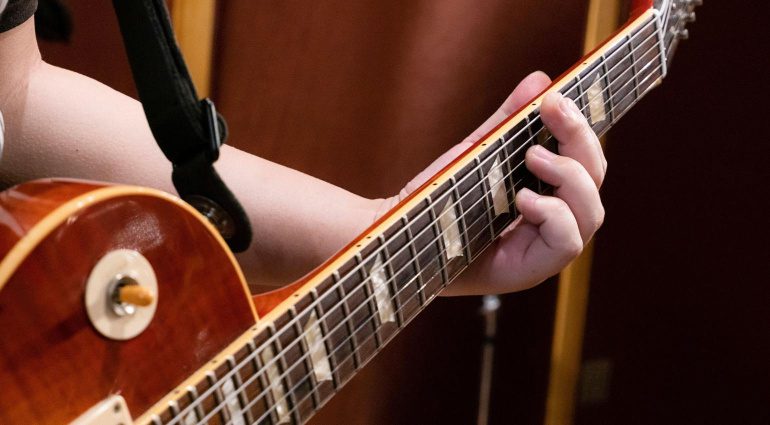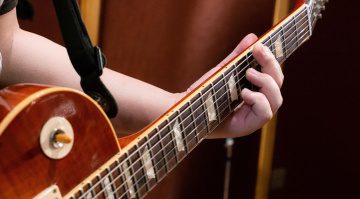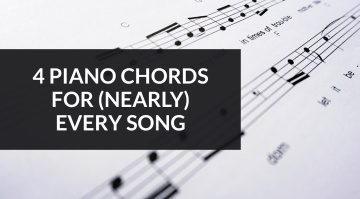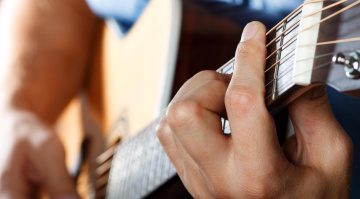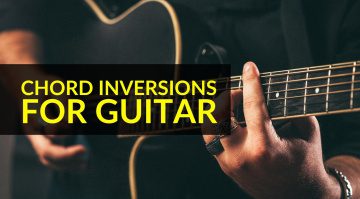Harness the Power of Slash Chords: Tips and Techniques
Adding bass notes to open chords
Slash chords can add depth to your music. Let’s check out a few examples and demystify these intriguing new chords.
In this article
Harness the Power of Slash Chords
We’ve all been there, strumming through a set of chords online, and we’ve come across a strange looking new chord. This could be a different voicing, such as a major 7th, or it could be a slash chord.
Typically displayed as ‘C/G’ for instance, it can lead guitarist’s lost. What do I play? Well, is it C or G? Here, we’ll try and answer that question as we take a deeper look into slash chords.
Don’t worry, you won’t need a complicated understanding of music theory, just a few open chord shapes and some simple fretboard navigation.
What are Slash Chords?
Firstly, in order to use them, we need to know what slash chords are. Here, we’ll be working with your typical open chords at the top of the neck.
Essentially, to form a slash chord, we want to add another note at the top of a normal chord. We refer to this as adding a note in the bass.
It should be noted straight away that this extra note isn’t picked at random. The bass note that creates a slash chord already exists within that chord. For example, a C Major chord comprises the notes C, E and G. Therefore, we can have the slash chord C/G. Here, we’ve added another perfect 5th in the bass.
Examples of Slash Chords
Now that we’ve looked at how they work as far as musical theory is concerned, let’s check out a few common examples.
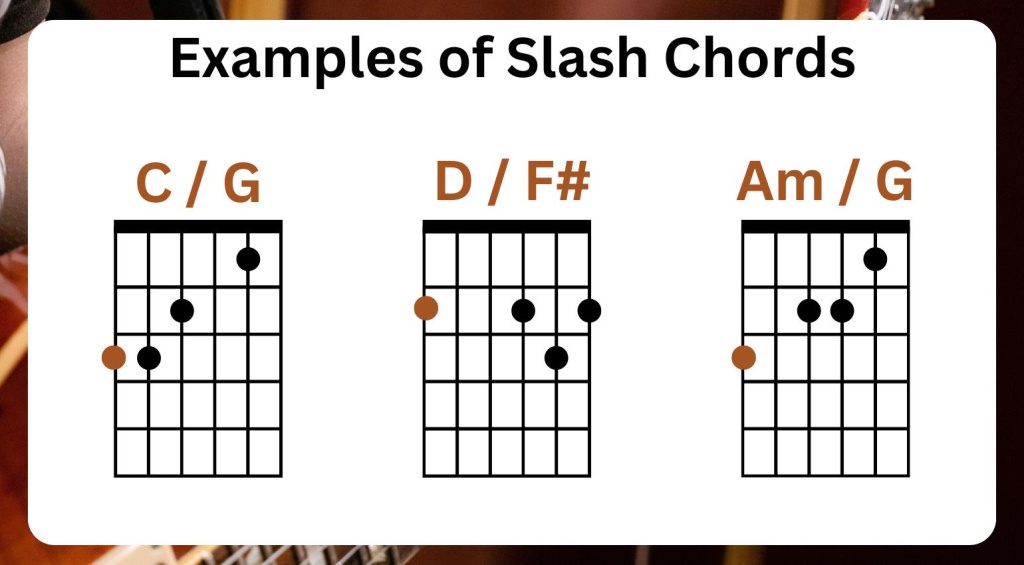
Looking at the chord box diagrams above, we have a few ideal starting points. Kicking us off, we’ve got C over G like we saw earlier. To play this, you’ve got a few options. Either:
- Play the G note with your thumb rolled over the fretboard
- Play the G note with your ring finger, and play the C root note with your pinkie
Overall, C/G has a rich and bold sound. This is because we have added another bass note to accompany the root. Furthermore, we can easily adapt a D chord to form D/F#.
Why do we even need slash chords? Well, there are plenty of uses. Aside from adding depth, the added bass notes act as transition notes between two chords. In the chorus of Have You Ever Seen The Rain, by Creedence Clearwater Revival, we can hear a natural descent from C down to Am. In-between, there’s a B note in the bass, assisting with that downward motion.
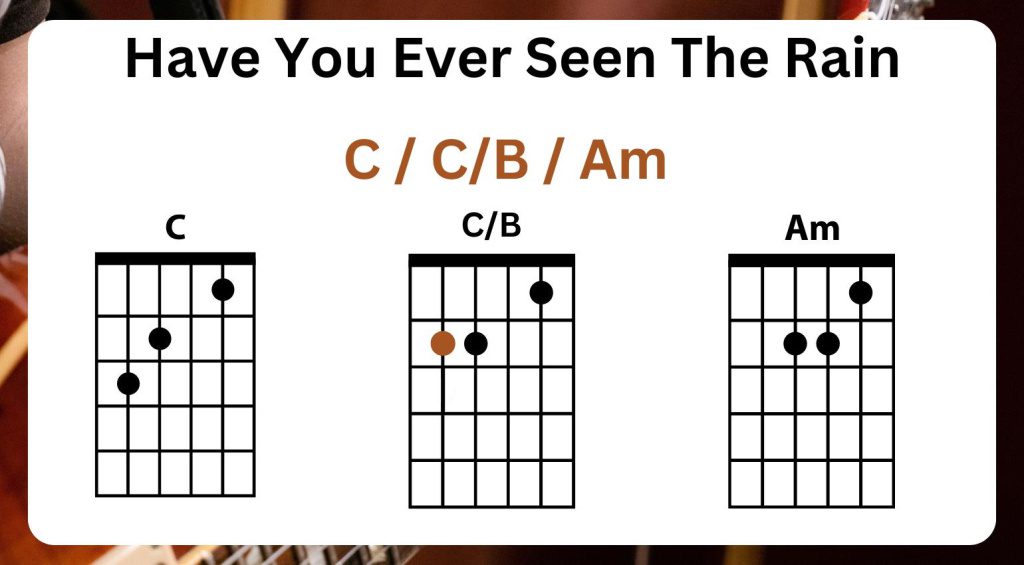
Here, we can see that the C root note has been replaced by a B note, on the 2nd fret of the A string. Therefore, we chromatically descend from C, to B, concluding on A. Give it a try! It’s a great exercise to work on.
Zombie – The Cranberries
Despite the sombre context behind this song, it’s great for beginners. Whilst working around four simple chords, it allows players to experiment with strumming patterns. Moreover, it contains one of our all important slash chords.
Here, we’ll need to play four crotchet beats per chord. In English, this means that we will play four down strokes per chord.
The slash chord in question is D over F#. Similarly, this F# note acts as a transition note from G down to E. Our progression revolves around Em, C, G and D/F#. Personally, I play this F# note with my thumb rolled over the top of the fretboard.
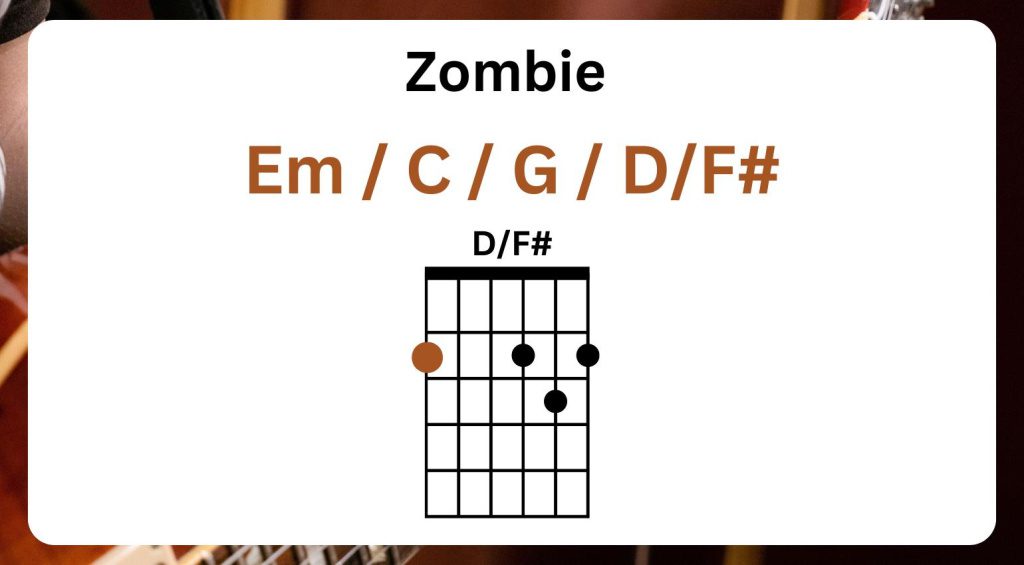
Favoured by the late Dolores O’Riordan, you can get hold of a Gibson ES-335 from *Thomann. And why not check some cool *pedals that top off this beginner tune?

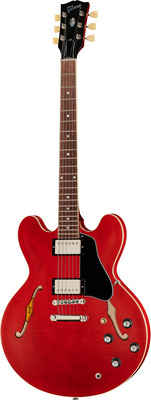

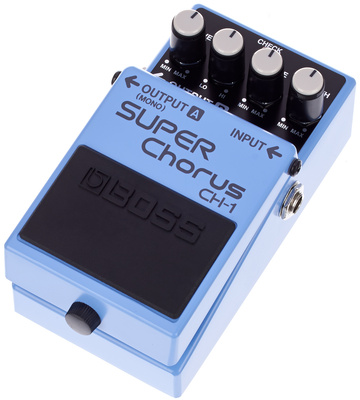

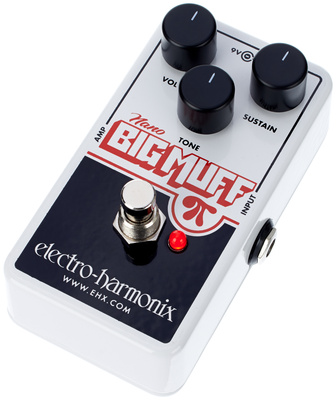
Tears In Heaven – Eric Clapton
Another look into this new chord technique sees us looking at a worthy Eric Clapton number. Turning up the head somewhat when it comes to complexity. Nonetheless, it’s a great tune to get down.
Whether it’s mind-blowing blues soloing or captivating riffs, Clapton knows how to write a song. This one is no different.
Throughout the intro and verse, we’re transported to a tranquil world of flush chord changes. Naturally, aided by our slash chords. Overall, helping to deliver a smooth and intriguing sound.
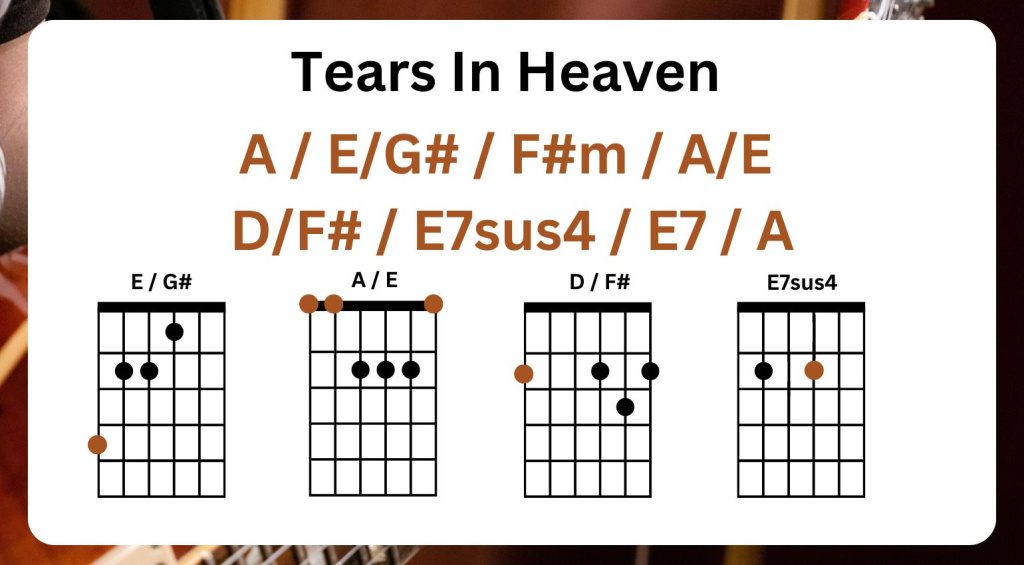
Landslide – Fleetwood Mac
Concluding our look at harnessing the power of slash chords, we’re getting up close and personal with this emotional number by Fleetwood Mac. You may have spotted this before here at Gearnews when we looked at finger style techniques. However, this Rumours classic has a lot to teach us.
Despite being a thoroughbred fingerstyle piece, the chords that the picking part revolves around is still beneficial to play.
Just the one slash chord in the verse this time, but it makes a huge difference if you remove it. By coming back to G/B twice, we have a nice circular feel to this progression. You can really feel it going round and round.
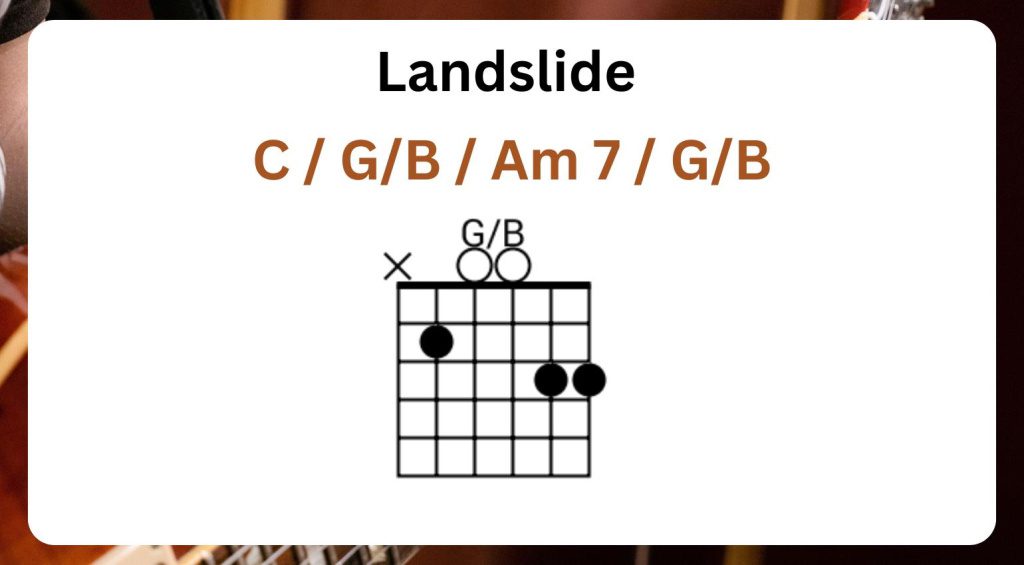
To play this one, you’ll want a bright sounding *acoustic guitar, and a *capo on the 3rd fret.

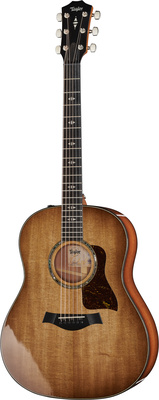

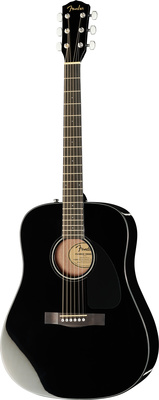

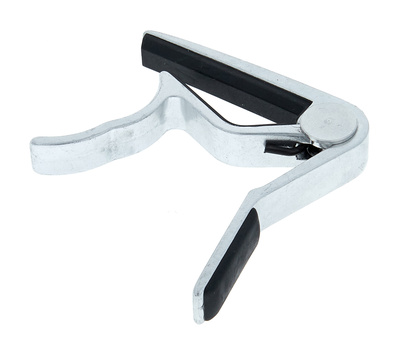
Slash Chords for your music?
Overall, slash chords are nothing to be scared of! Most of the time, all you need to do is add an extra finger, or your thumb, to a familiar open chord. We’ve only scratched the surface, but that should be enough to give your more of an idea how to play them.
Further Information:
*This post contains affiliate links and/or widgets. When you buy a product via our affiliate partner, we receive a small commission that helps support what we do. Don’t worry, you pay the same price. Thanks for your support!

 2,3 / 5,0 |
2,3 / 5,0 | 